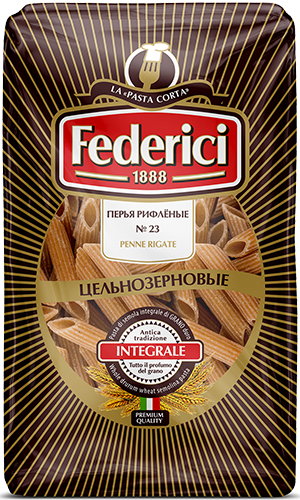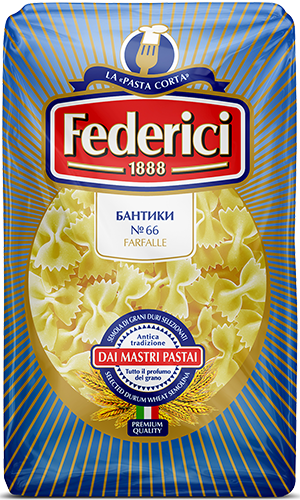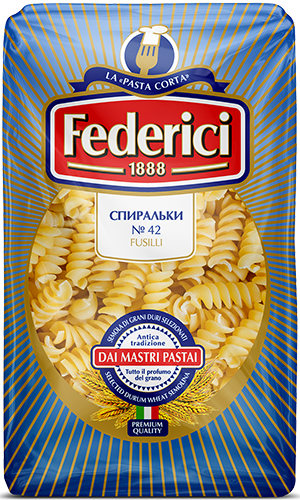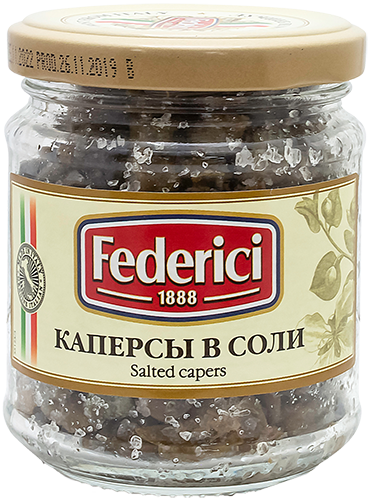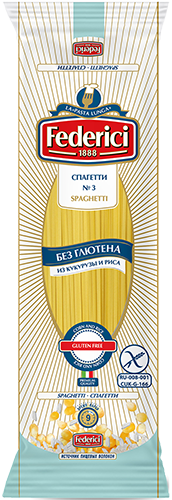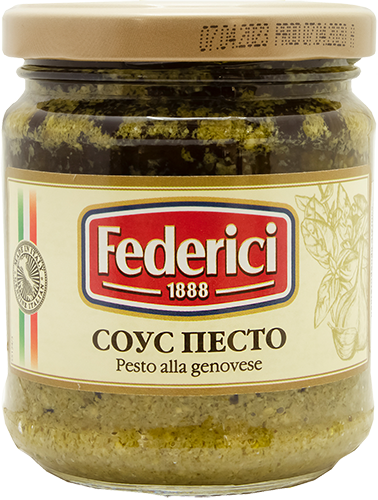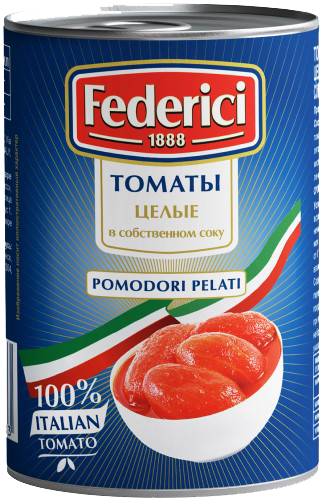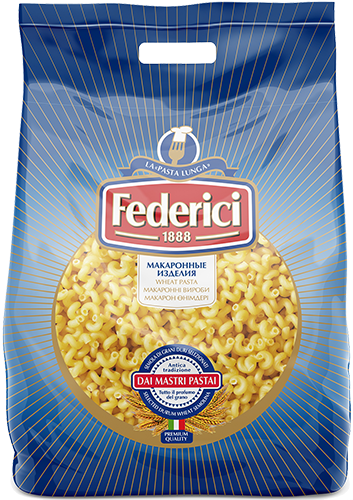


Lentils gained popularity as an affordable meat substitute in the middle of the last century, and today they are widely used in cooking as a healthy and nutritious plant-based protein. The health benefits of lentils are undeniable – this gluten-free legume is rich in vitamins, minerals, and fiber, and, like red meat, is cholesterol- and fat-free.
Modern nutritionists claim that lentils are no longer a cheap meat substitute and can form the basis of a variety of dishes that can significantly improve your health. Planning a quick, nutritious lunch and wondering, “How are lentils beneficial?” The only decision you need to make is what color lentils are best.
Types of Lentils
Which lentils are the healthiest? To answer this question, let’s consider the different types of lentils used in cooking. These are the fruits of legumes, which come in a variety of colors and seed sizes. The most common types of lentils are:
- Brown (European) lentils are the cheapest type of lentil and remain whole when cooked, making them an easy substitute for black beans in hamburgers and vegetable soups;
- Green (French) lentils have a nutty flavor and remain firm even after prolonged cooking. Green lentils are especially good in salads;
- Red (orange, yellow) lentils are quick-cooking beans with a delicate texture and a sweet taste. They are excellent for mashed potatoes and Indian dishes;
- Black lentils are the smallest beans, similar to caviar. These lentils are also called beluga caviar. These beans have a tender, spicy flesh, making them ideal for soups, sauces, vegetable stews, salads, side dishes, and even desserts.
Despite the wide variety, all lentil varieties have unique health benefits. The high protein value of beans and their many beneficial nutrients make them a worthy staple for maintaining good health.
Nutritional Value
The benefits of green lentils (Bolognese) are determined by their unique composition and energy content. 100 grams of cooked lentils contain 105 kcal/446 kJ and also contain:
- 8.8 g protein;
- 0.7 g fat;
- 16.9 g carbohydrates;
- 5.1 g fiber;
- 3.5 mg iron;
- 40 mcg selenium;
- 30 mcg folate.
Lentils are rich in protein, which helps build and maintain healthy muscles, bones, and skin. Protein can also help control appetite, making lentils a popular choice for anyone trying to lose weight.
What other benefits does lentils offer? Eating them alongside whole grains can completely replace animal meat, which is especially important for those following a vegan diet. Beans have a therapeutic effect because they are gluten-free, making them an excellent choice for those with celiac disease.
5 Key Reasons to Include Lentils in Your Diet
The benefits of lentils are highlighted by the key benefits of this unique legume.
Disease Protection
Research shows that regular consumption of lentils, rich in polyphenols, promotes good health and helps reduce the risk of chronic diseases such as diabetes, obesity, heart disease, and cancer. Polyphenols have anti-inflammatory properties, fight cell damage, and act as neuroprotectors.
The slow rate at which lentils affect blood sugar levels (low glycemic index) helps prevent or manage diabetes. Eating lentils is associated with a reduced risk of cancer. The fiber in lentils, along with their antioxidant properties, can help prevent cell damage and tumor growth.
Lower Blood Pressure
The benefits of red lentils lie in their high potassium content, which binds harmful salts and helps stabilize blood pressure in those with hypertension. One cup of cooked lentils contains 270 milligrams of potassium.
Their high protein content also makes them an excellent substitute for red meat, which helps control blood pressure. Since these legumes are low in some essential amino acids, it’s recommended to combine them with whole grains to ensure a balanced diet.
Heart Protection
The folate found in lentils promotes stable heart function and supports red blood cell formation. This is especially important for fetal development during pregnancy. Lentils are rich in folate, iron, and vitamin B1, which also support heart health.
Lentils are a healthy food that reduces the risk of cardiovascular disease by lowering bad cholesterol levels and stabilizing blood pressure. Studies have shown that eating lentils is more effective at maintaining heart health than eating chickpeas, peas, or beans.
Additional Energy
Are you weakened by illness or lacking energy? The high dose of iron found in red lentils will help stabilize your energy metabolism. Iron produces hemoglobin, a substance in red blood cells that allows them to carry oxygen to the body’s cells. 100 grams of cooked beans can provide 15% of the recommended daily intake of iron.
The benefits of red lentils are worth knowing for anyone following a vegetarian diet – for them, this news could be crucial for maintaining a healthy diet. To better absorb the iron from lentils, nutritionists recommend combining them with a source of vitamin C, such as tomatoes, potatoes, bell peppers, or Brussels sprouts.
Healthy Digestion
Lentils are rich in fiber, which helps maintain digestive health and nourishes beneficial bacteria in the gut. Fiber can also help protect the immune system and reduce the risk of cancer. High-fiber foods like lentils help us stay healthy and active, regardless of age.
The Dangers of Lentils
Undercooked lentils or eating too much of them can lead to digestive problems, such as flatulence and cramps. This is due to the fiber in lentils, which is difficult for the body to break down. This same fiber helps produce beneficial bacteria in the gut. Therefore, nutritionists recommend introducing lentils into the diet gradually to minimize the occurrence of unpleasant symptoms.
Our products
Мы стремимся предложить Вам наилучший сервис при работе с нашим сайтом. Для этого мы собираем и храним информацию о Вашем посещении сайта. Так называемые cookies. Файлы cookies не собирают и не хранят никакую личную информацию о Вас. Используя этот сайт, Вы даете согласие на использование cookies. На данном этапе Вы можете отказаться от использования cookies, настроив необходимые параметры в своем браузере.
